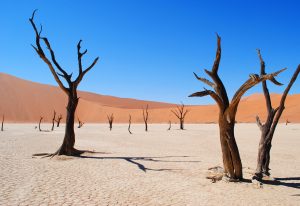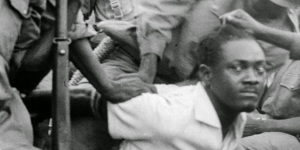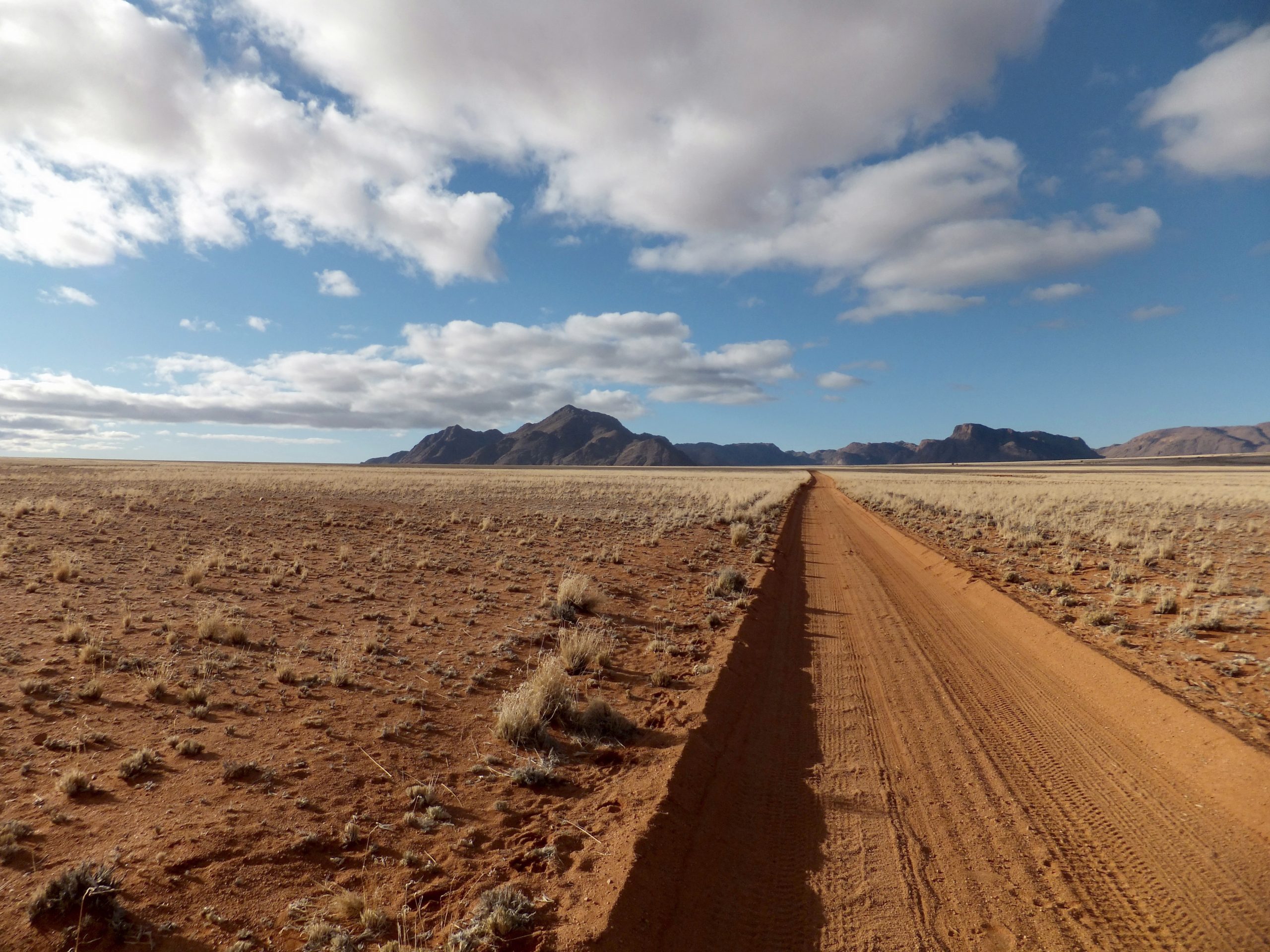(THIS ARTICLE IS MACHINE TRANSLATED by Google from Norwegian)
 When public informer, African expert and professor emeritus Tore Linné Eriksen has mobilized his encyclopedic cornucopia and boiled Africa down to 390 pages, my expectations pop up.
When public informer, African expert and professor emeritus Tore Linné Eriksen has mobilized his encyclopedic cornucopia and boiled Africa down to 390 pages, my expectations pop up.
I celebrated Christmas with Eriksen's formidable project Africa – from the first people to today. And of all things, I warmed up with the BBC and Professor Sam Willis' journey along the Silk Road, the trade route from Baghdad to China. Willis traces our European history in the libraries in Uzbekistan, in Samarkand and Bukhara, in Muslim academies. I did not know that Aristotle did not come to us directly from Greece, but from the booksellers in Samarkand who had preserved, translated and interpreted the "forgotten" sage. And I learned that "algorithm" comes from the mathematician al Khwarizmi in Uzbekistan, one of the "cities" that in western heads has been reduced to "something" by terrorists and broken communism. From Uzbekistan straight into Silicon Valley and Facebook.
It is striking that the framework narratives do not have more genuine African voices.
Then Linné Eriksen met me and reminded me that Africa is close, that we find our ancestors and our history in the museums in Addis Ababa, how colonial history is linked to our own history, and I understand how embarrassed the arrogance of racism should do us.
There is a clear symbolism in the book's last, inside cover pages, an iconic map of the continent that can hold many of the world's largest countries: In Africa, the United States, China, India and most of Europe can fit. The continent is huge in scope and multifaceted in culture, language and nature.
A continent with 56 countries
But is it possible to boil the story down to 400 pages? Eriksen says "of course", if you find the long lines. He raises the list by starting 7–8 million years back, addressing all the 56 countries on the continent, and exploring broadly and deeply by highlighting culture and natural sciences, DNA and literature. He does not go over everything, but the most important thing is the ambition to bring the near-sighted history dive to life.
The original thing about the book is that Eriksen uses, among other things, the first 11 pages to convey historianone's challenges, to believe in the value of the informed, subjective point of view. Own chapters with migrations, language families and trade routes give us rich angles of understanding. But he warns that the book is meant for "ordinary people." Therefore, he reduces footnotes, references and academic jargon and focuses on illustrations, maps and statistics. Simple and explanatory. And he promises the themes of eternal, updated life www.cappelendamm.no.

It is the book's strength that it, among the running text, wedges a wealth of informational boxes: large illustrations, photographs, 29 maps, 12 figures, 4 tables and a whole 52 independent frame narratives!
Africa has become an excellent book for lying ahead. For it should not go up in the office shelf, but lie on the couch where grandchildren ruin the Sunday tranquility during the dinner visit with questions and attention requirements: The book is a door opener with its many short, thematic stories that can inspire to dig further: Africans with Nobel Prize? Football in Africa? Why does Africa's debt increase so greatly even with "debt eradication campaigns" on our politicians' boisterous lists? Who was Sarah Bartman? Do you belong to the middle class if you make more than two dollars a day? Not to mention Chinua Achebe, "Africa's Great Storyteller".

A generous list of literature replaces the source references that I myself would like to see there. Many of the frame narratives are taken from other authors and make the book a rich anthology, a mixture of stories and looks. Some ironic, yes, humorous ones, such as the clip about "one of the most beautiful colonial events" from Congo's horror history, or the Dagblad clip from Kenya's Mau Mau rebellion which laments that the liberation struggle limits the social life of the "Scandinavian colony".
Africa's rich flora and fauna have been chosen. It could have given a spectacular color play to the diversity. More striking is that the framework narratives have no more genuine African voices, such as poems, literature, speeches, declarations and other things that could have given the microphone to them what it is all about. There is a lot of "about" and less "of" Africa.

Upbeat and trivializing
Does Eriksen succeed in delivering what he promises? Explosives also have to use the harlab when they need to boil down big stories to a few pages – that is inherent in the case. And Eriksen does not boast any authorized perspective. The reader must accept the hints, the coarse selection, but also the priorities. This is Eriksen's version.
However, there is little here that takes your night's sleep away as it easily could. The text is often appealing and trivializes deeper structures ("Not least, there are hopes that larger markets will contribute to more industry and raw material processing"). Decisive perspectives call for justification. When: Congo described in the 60s as "a divided country", Eriksen underlines that the Katanga region's "liberators" were merely puppets for French and Belgian mining companies in fear of the "communist" Lumumbas nationalization of mining resources. They eventually throw him back in a barrel of acid.

Of course, Eriksen knows this, but the framework limits the recess. And I imagine the professor tearing his hair over little space. But maybe he could prioritize differently? For example: Although Eriksen refers to Walter Rodney Rodney's cry about how fundamentally the West's planned robbery, dating back to the 1500th-1600th century, is to understand today's underdevelopment. Looting did not cease with the settlement of the colonies.
Eriksen points out in a great frame story that no African country was present when the looting was formalized by Berlin Conference in 1884–85. But he never asks why no African countries, no Muslim countries, no poor countries – even today – are present when the rich countries plan development cooperation in the OECD's aid "government", the development committee DAC, led by Norwegian Erik Solheim recently.
MDG
It is referred to today's , late-term goals – which is also a general opinion – that created by ,. Eriksen could take the opportunity to state that the Millennium Goals were rather designed , CD and , rdensbanken – and «presented» to the UN in 2000. This is how the rich countries took control – this time in the name of development aid. It would show how
the colonial spirit still rules today. I remember the UN leader , Hammarskjöld # his rage when he became aware in 1960 that the upcoming OECD was planning a dedicated aid committee: They will make Africa a happy hunting ground!
Also read: Kinshasa's perpetual theater ' by Carmen Gray






